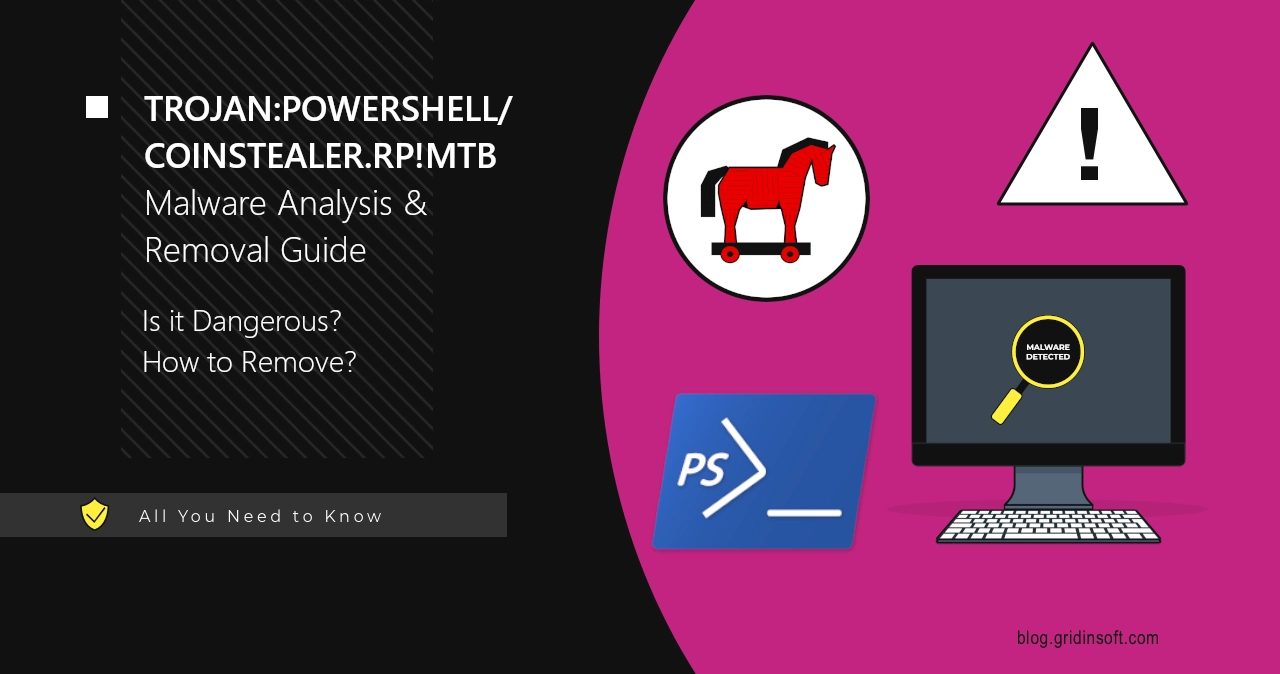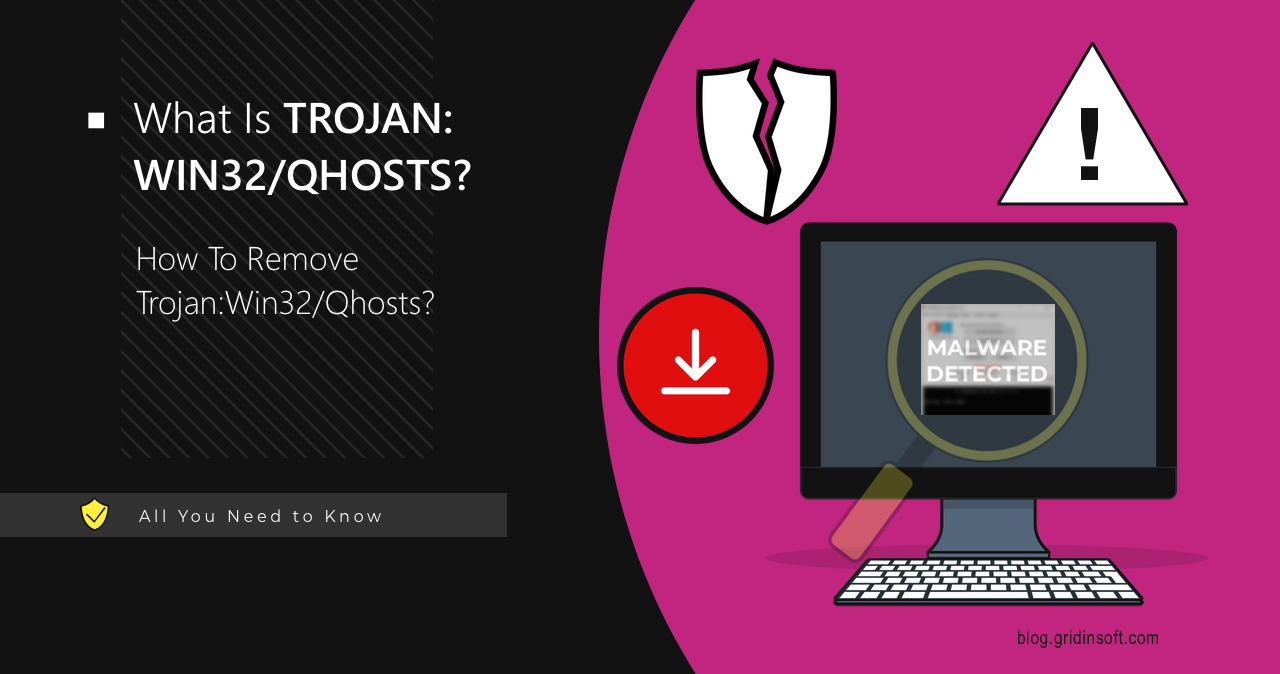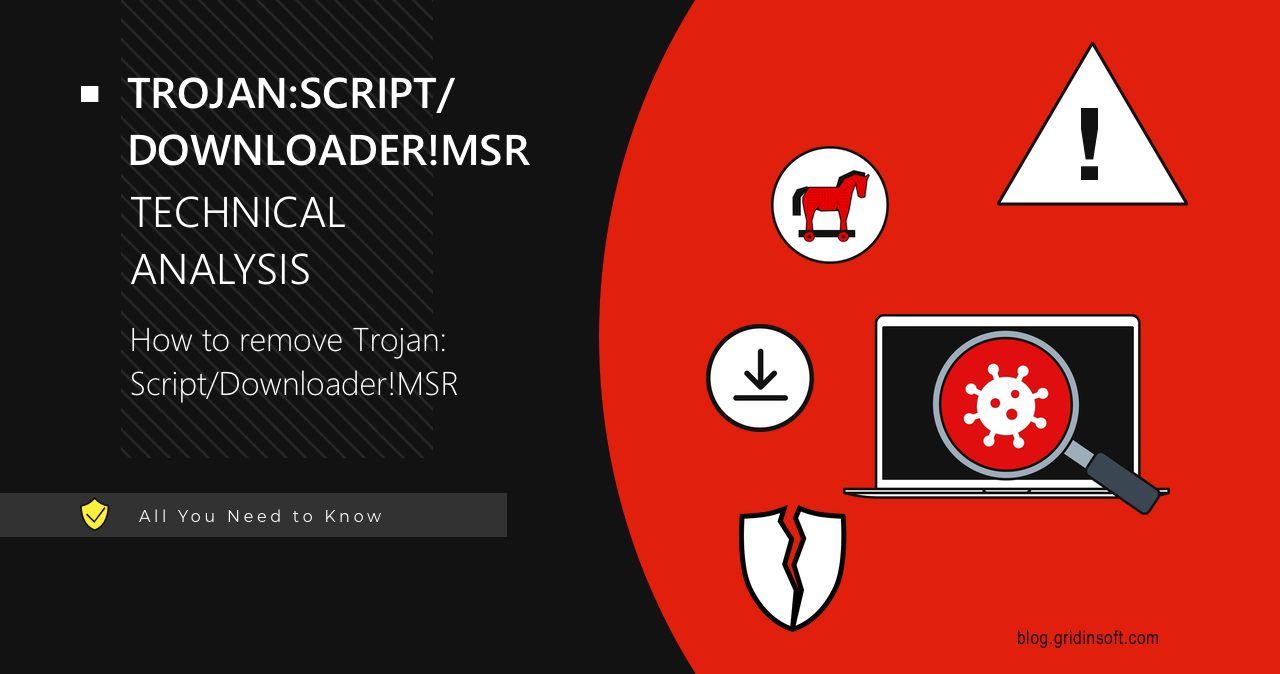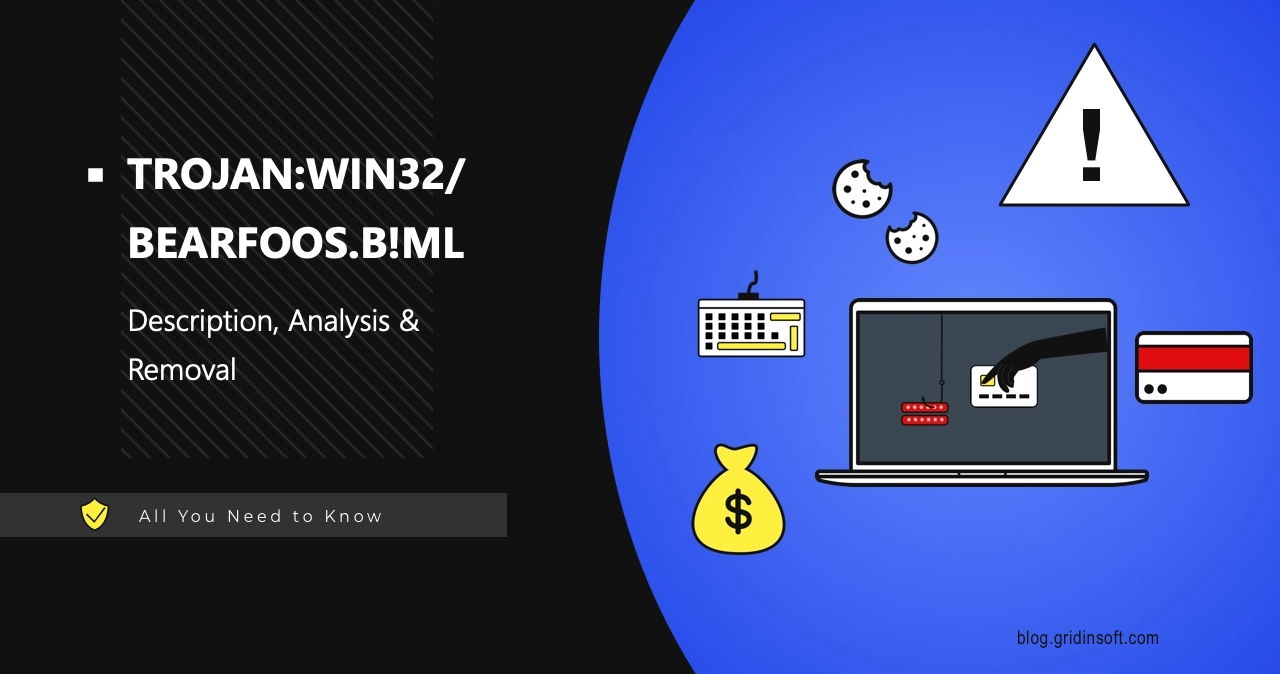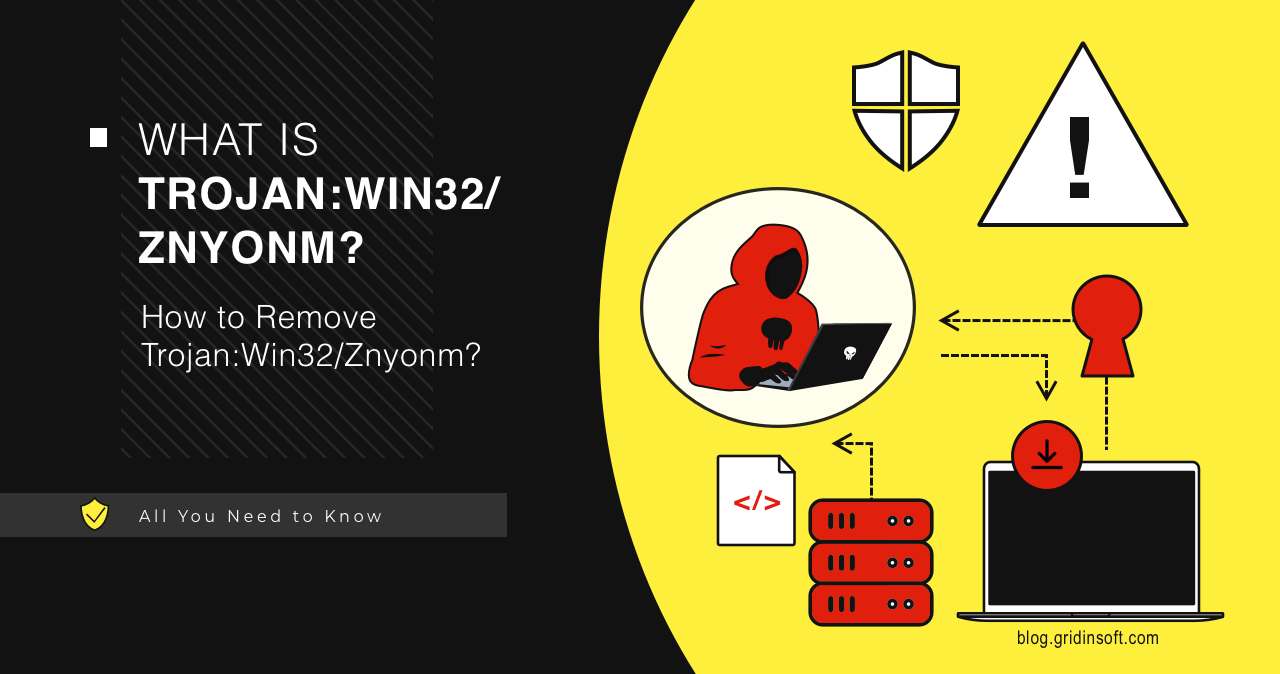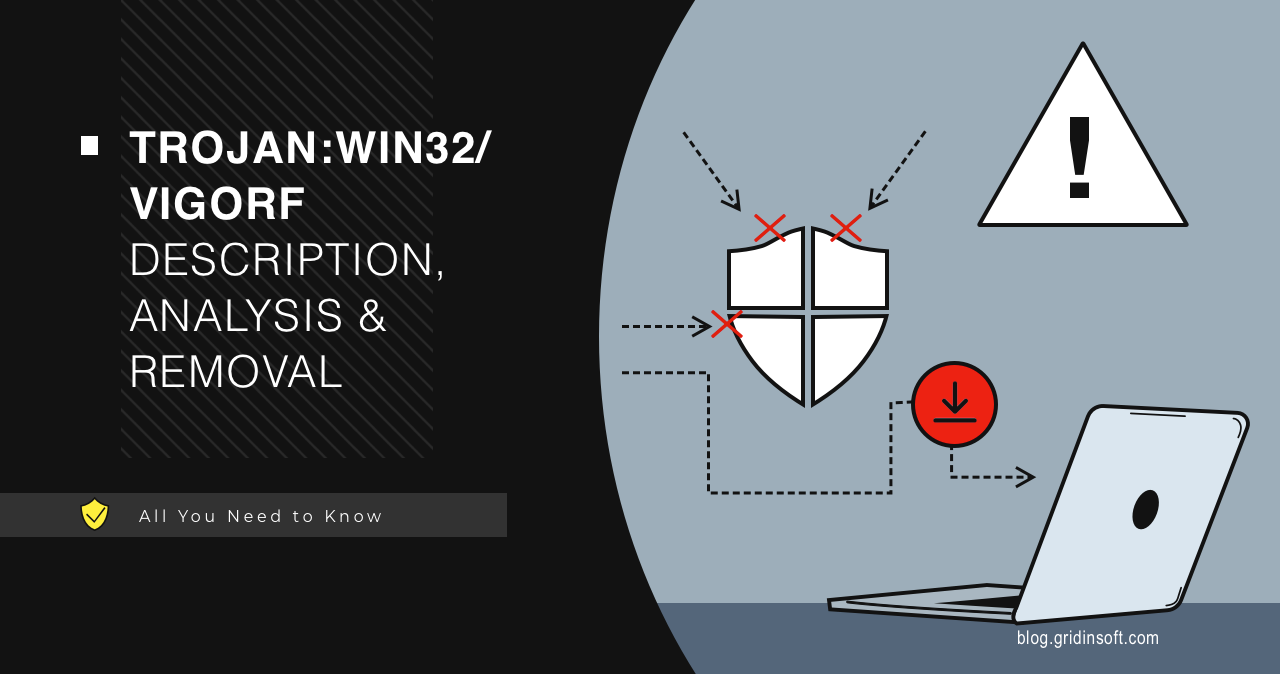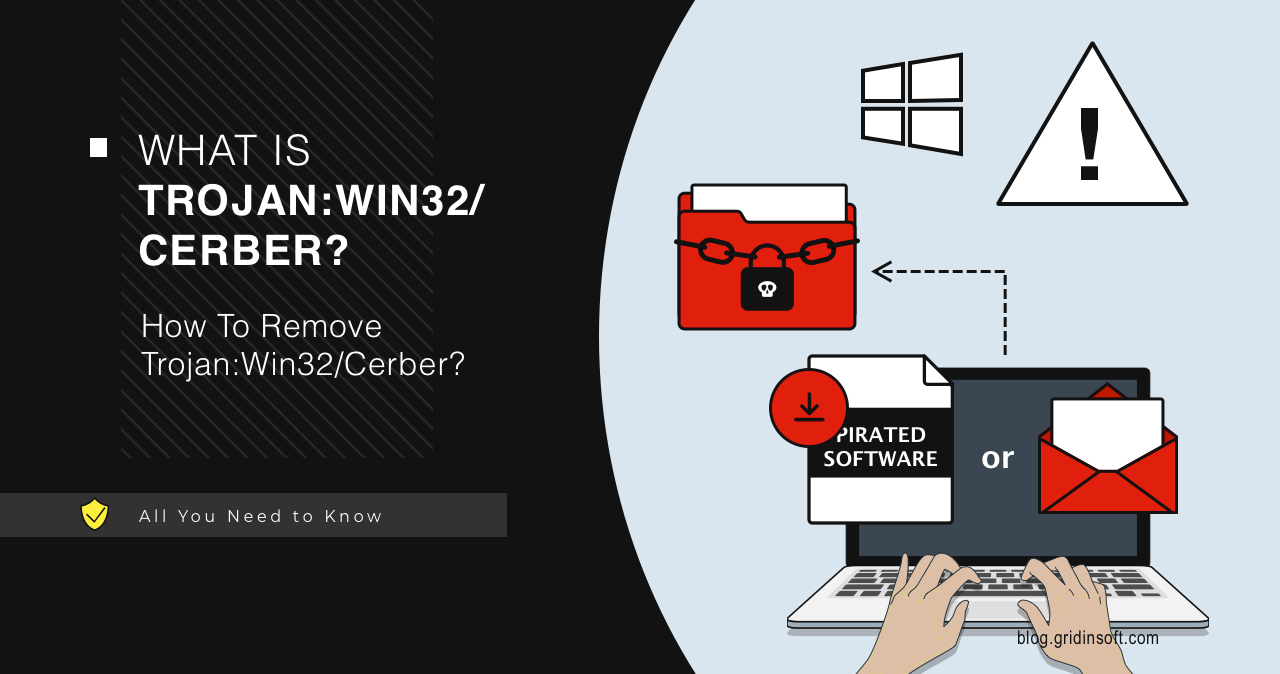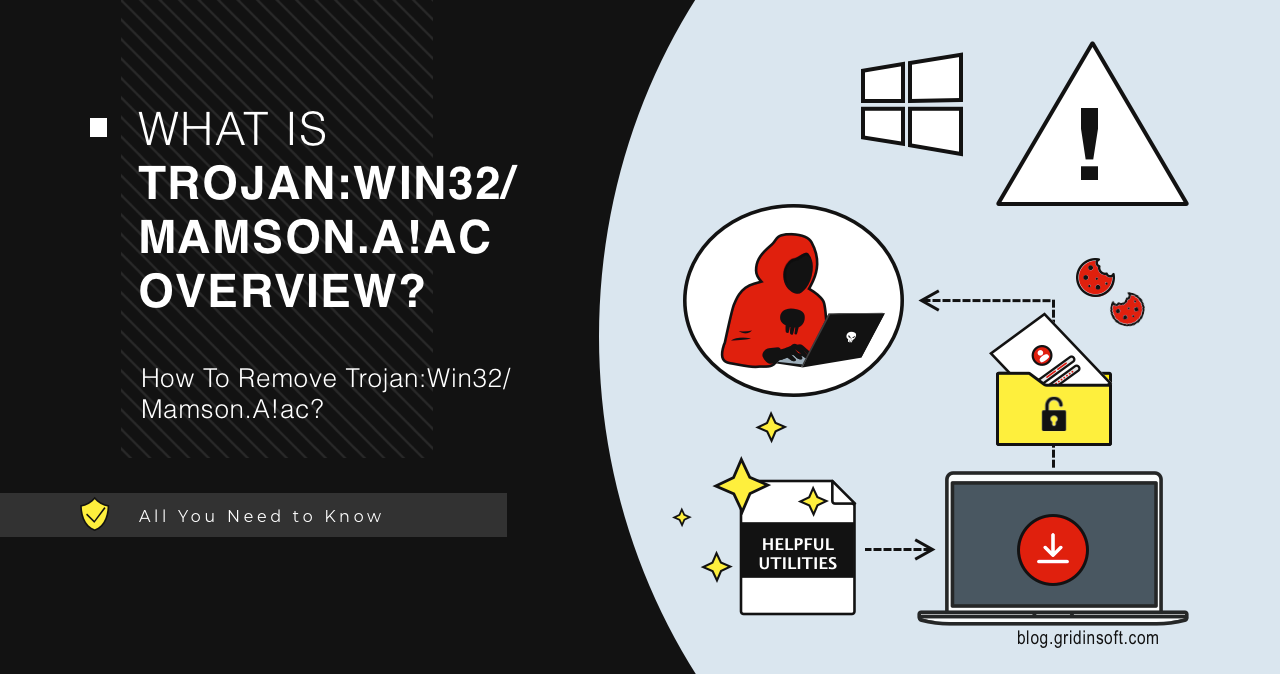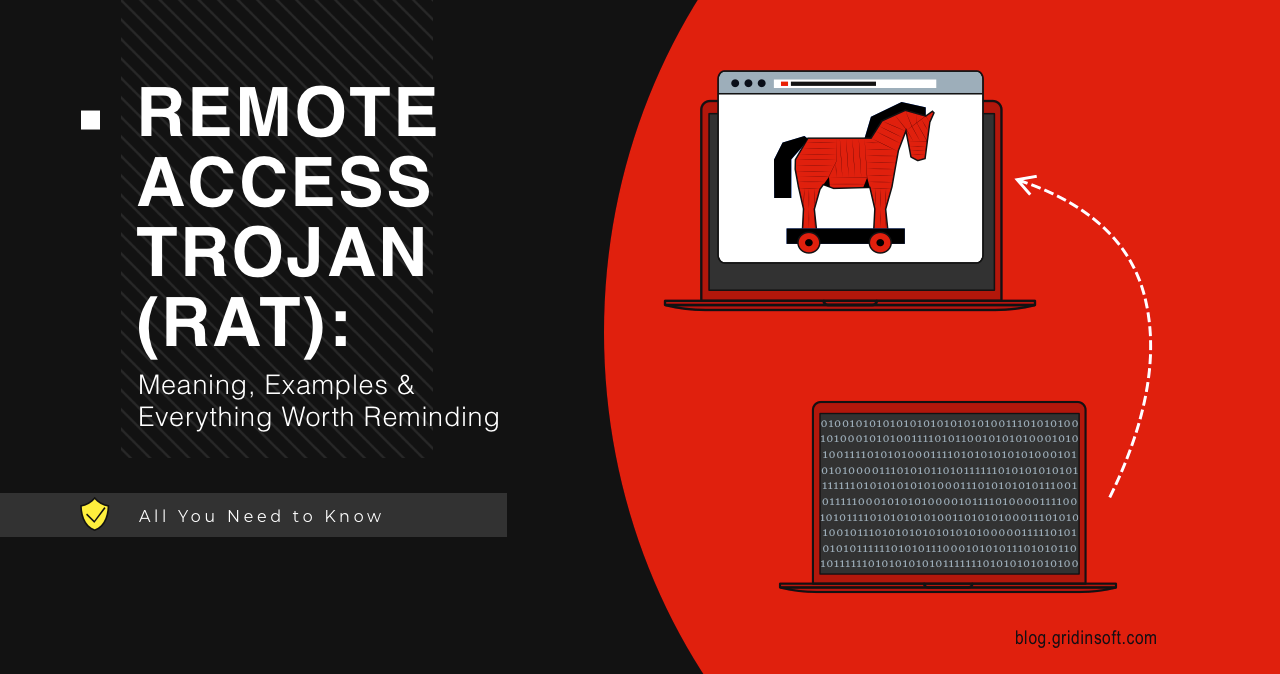Trojan:PowerShell/CoinStealer.RP!MTB is a detection of Microsoft Defender, that normally flags malware that can steal cryptocurrency wallets. You may see it popping up after downloading a program from the Web or running a dodgy PowerShell script. More precisely, it collects credentials of different applications, and crypto wallets are among its primary targets. The Stealthiness of this… Continue reading Trojan:PowerShell/CoinStealer.RP!MTB
Tag: Trojan
Trojan:Win32/Qhosts
Trojan:Win32/Qhosts is malware that provides remote access to the target system and modifies the Hosts file. It is primarily distributed through illegal activation tools found on torrent and warez sites. While the mentioned interaction with the system configuration file as a definitive feature, it is capable of much, much more unpleasant activities. Trojan:Win32/Qhosts Overview Trojan:Win32/Qhosts… Continue reading Trojan:Win32/Qhosts
Trojan:Script/Downloader!MSR
Trojan:Script/Downloader!MSR is a malicious script that downloads other malware onto the target system. It is most commonly spread through illegal software and fake documents, and is capable of deploying pretty much any malicious program. Due to the complexity and the use of obfuscation, the exact malicious script may remain undetected, while the Defender will display… Continue reading Trojan:Script/Downloader!MSR
Trojan:Win32/Bearfoos.B!ml
Trojan:Win32/Bearfoos.B!ml is a detection of Microsoft Defender associated with data stealing malware. It may flag this malware due to the specific behavior patterns, assigning that name even to malicious programs of well-known families. As the Defender uses machine learning for this detection, it can sometimes be a false positive. Trojan:Win32/Bearfoos.B!ml Overview Trojan:Win32/Bearfoos.B!ml is a detection… Continue reading Trojan:Win32/Bearfoos.B!ml
Trojan:Win32/Znyonm
Trojan:Win32/Znyonm is a detection often seen during the backdoor malware activity in the background. Such malware can escalate privileges, enable remote access, or deploy more payloads. Let’s dive into this malicious program, understand how it works, and see how to remove it. What is Trojan:Win32/Znyonm? Trojan:Win32/Znyonm is a detection associated with backdoor malware, usually the… Continue reading Trojan:Win32/Znyonm
Trojan:Win32/Vigorf.A
Trojan:Win32/Vigorf.A is a generic detection of Microsoft Defender. This detection commonly identifies a running loader malware that may deal significant harm to the system. In this article, let’s find out how dangerous Vigorf.A is and how to get rid of it. What is Trojan:Win32/Vigorf.A? Trojan:Win32/Vigorf.A is the detection name that Microsoft Defender attributes to dropper/loader… Continue reading Trojan:Win32/Vigorf.A
Trojan:Win32/Cerber
Trojan:Win32/Cerber is a detection name that Microsoft Defender uses to flag ransomware. Its name was once associated with a specific malware family, but as it ceased its activity, this name has been used for a wide range of ransomware samples. It is common to see this malware type in attacks on corporations, though all of… Continue reading Trojan:Win32/Cerber
Malware vs Virus
It is particularly easy to hear people calling the same thing malware or virus. However, while both terms are often used interchangeably, they carry distinct meanings. In this article, I will elucidate the definitions of each term and explain malware vs virus differences. Malware vs Virus – Is There Any Difference? The terms malware and… Continue reading Malware vs Virus
Trojan:Win32/Mamson.A!ac
Trojan:Win32/Mamson.A!ac is a type of malware designed to gather data from the system it infects. Sometimes, known spyware families get this detection. The malware is typically distributed disguised as helpful utilities that are downloaded from untrustworthy sources. Trojan:Win32/Mamson.A!ac Overview Trojan:Win32/Mamson.A!ac is a Microsoft Defender detection that flags infostealer malware. This type of malicious program aims… Continue reading Trojan:Win32/Mamson.A!ac
Remote Access Trojan (RAT)
Remote Access Trojan is software that allows unauthorized access to a victim’s computer or covert surveillance. Remote Access Trojan are often disguised as legitimate programs and give the attacker unhindered access. Their capabilities include tracking user behavior, copying files, and using bandwidth for criminal activity. What is a Remote Access Trojan (RAT)? A Remote Access… Continue reading Remote Access Trojan (RAT)

